Where it Grows – Cassava grows in Africa, the Caribbean, India, Europe, South Pacific, Central and South America, Asia, Florida, Southern Texas, Southern US, Indonesia, and many other places in the world.
Cassava is a growing staple food that can feed the starving people of the world. Most Westerners know cassava as the tapioca plant, the roots are made into tapioca for your tapioca pudding… and the cooked roots taste a lot like potato… wonderful.
Leaves Must Be Cooked – Cassava leaves and roots are high in hydrocyanic acid which is poisonous, but when cooked the acid disappears… and be sure to discard the water the leaves are boil in. Cassava or yuca leaves must be cooked for at least 10 minutes.
We also eat other foods that are toxic when raw like raw kidney beans, unprocessed cashews, and raw green potatoes… so don’t fret cooking removes the acids in tapioca leaves.
High in Protein – 100 grams of cooked cassava leaves provides about 3.7 grams of protein which is pretty good for a green leafy veggie. And the leaves contain different types of proteins comparable to eggs and soybeans. And cassava leaves contain lysine, isoleucine, leucine, valine, and lots of arginine which are not common in green leafy plants… thus making it a great protein source.
The amazing protein content of cassava leaves is also comparable to sweet potato leaves and peanut leaves, and up to 10 times more protein is found in cassava leaves than in the roots.
Carbs – The carb content of cassava leaves is about the same as snap beans and soy beans.
Taste – Cassava leaves don’t have much flavor and absorb any flavoring that you add. So adding spices, meats, and other veggies enhances the flavor. Cassava leaves are a staple in Indonesian cooking.
Low in Calories – 100 grams of cooked cassava leaves only contains about 37 calories making it great for weight loss… and they just about fat free.
Fiber – Cassava leaves contain a good amount of fiber that promotes the growth of probiotic bacteria and thus boosts immunity… and fiber alleviates constipation. The fiber content of cassava leaves is comparable to that of beans and lentils… wonderful!
Vitamins – The vitamin content of cassava leaves is comparable to that of carrots which are great for maintaining great health.
Contains – Cassava leaves contain Vitamin C a powerful antioxidant for helping to prevent cardiovascular disease, strokes, and cancer. Also B Vitamins for good mood, vitality, and metabolism. Beta Carotene which is a powerful antioxidant that prevents cancer… and prevents and repairs DNA damage. Potassium for water regulation and cardiovascular health, phosphorus and calcium for strong bones, iron and copper for anemia, zinc for a strong immune system, and magnesium and manganese for strong bones and enzyme production.
Minerals – The mineral content of tapioca leaves is comparable to that of liver and eggs which is really great.
Growing – Cassava grows just about anywhere that has sandy or loamy soil, good drainage, and warm climates. And cassava will grow in pots in your patio and in green houses.
Cassava plants don’t seem to have many pests… so it thrives just about anywhere even in the poorest of soils. Just take a cutting of the stem of the plant, place it in the ground and it will root down and grow. For cassava roots to be large and full of nutrition it takes about 24 months… but the leaves are ready right away.
Finding – If you google “Buy Cassava Cuttings” lots of places to order cassava will come up. And they will ship nice fresh cuttings to get started in your garden.
Enjoy a new and different green!


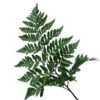



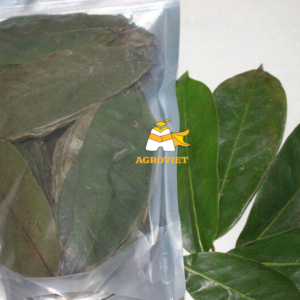
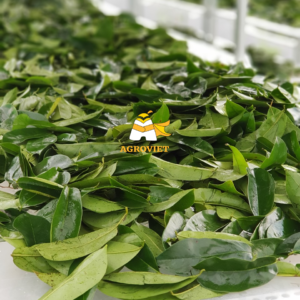

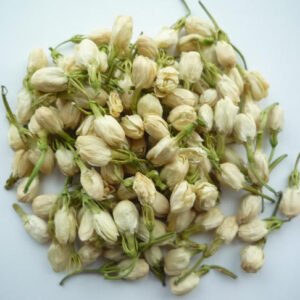







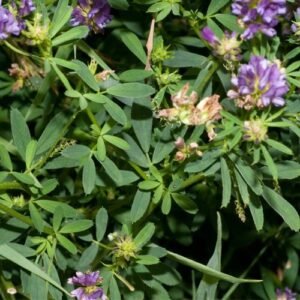

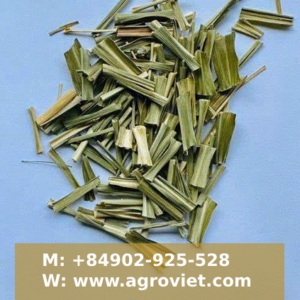
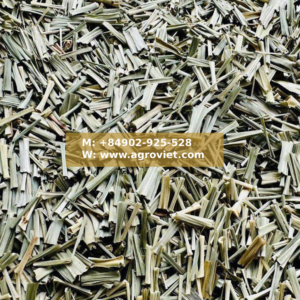

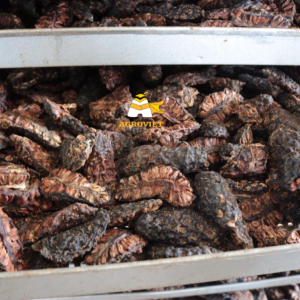

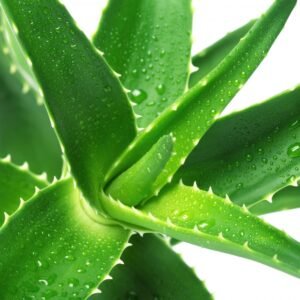

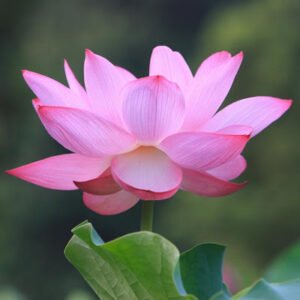



Reviews
There are no reviews yet.